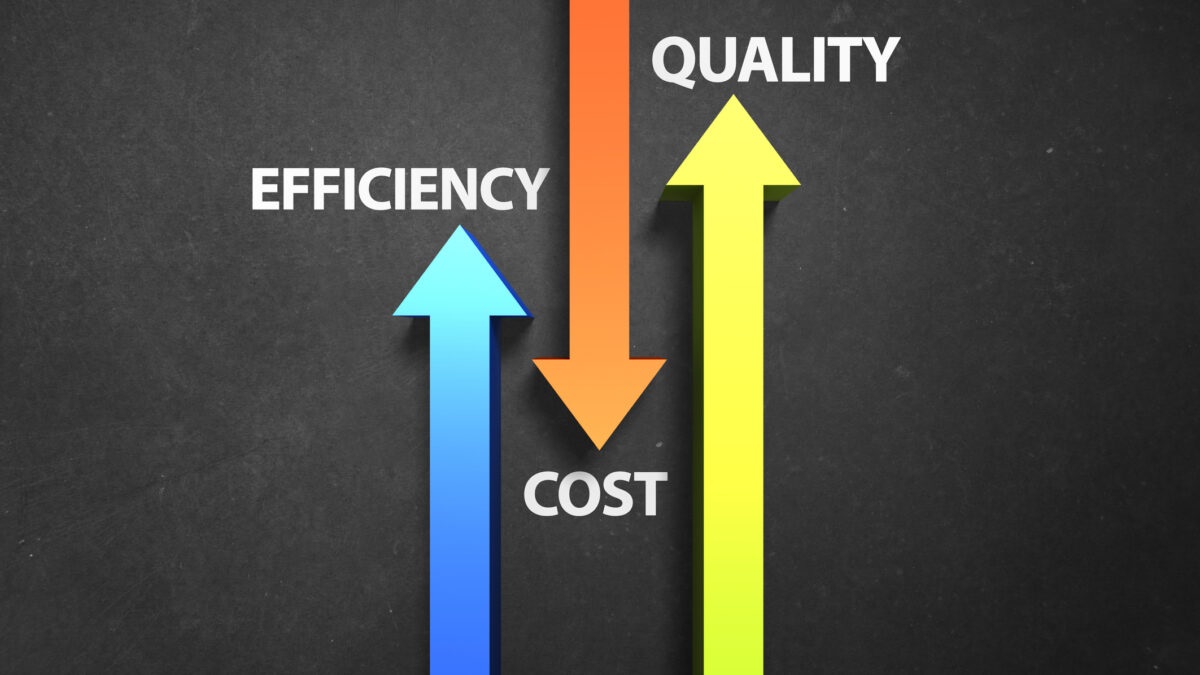In the dynamic world of restaurant management, efficient purchasing practices are crucial for maintaining profitability and ensuring smooth operations. Automation has emerged as a game-changer in this domain, revolutionizing how restaurants manage their procurement processes. One of the key areas where automation shines is vendor management. Traditionally, restaurants relied on manual methods to track vendor information, pricing, and contracts. This was often time-consuming and prone to errors. However, with automated systems, restaurants can create centralized vendor databases, store contracts digitally, and track performance metrics. This centralized approach reduces the risk of data loss, simplifies access to crucial information, and enables better decision-making when selecting vendors.
Order Processing: From Manual to Automated Efficiency
The order processing stage is another area where automation significantly streamlines operations. Manual order processing involves phone calls, emails, and paper-based forms, which are prone to errors and delays. Automation, on the other hand, automates the entire process. Automated systems allow restaurants to generate purchase orders based on pre-defined inventory levels and automatically send them to vendors. Vendors can then confirm orders electronically, reducing the need for manual intervention. This not only saves time but also minimizes errors and ensures that orders are placed accurately and promptly.
Payment Tracking: Maintaining Financial Transparency
Payment tracking is a vital aspect of restaurant purchasing that often gets overlooked. Manual payment tracking can be a complex and time-consuming task. Automated systems simplify this process by automatically matching invoices with purchase orders, tracking payment schedules, and generating reports. This automation ensures accurate and timely payments, reducing the risk of late payment fees and maintaining positive vendor relationships. Additionally, automated systems can integrate with restaurant purchasing software, providing a seamless flow of financial data and enhancing financial transparency. This integration allows restaurants to gain a comprehensive view of their purchasing expenses and identify potential cost-saving opportunities.
Cost Reduction: A Direct Consequence of Automation
One of the most compelling benefits of automation in restaurant purchasing is cost reduction. By streamlining vendor management, order processing, and payment tracking, automation minimizes errors, reduces waste, and improves efficiency. This enhanced efficiency translates into significant cost savings. For instance, optimized inventory management prevents spoilage and reduces the need for rush orders, which often come at a premium. Furthermore, automated systems can identify opportunities to negotiate better prices with vendors, leveraging data-driven insights. The reduction in manual labor also contributes to cost savings, as employees can focus on more strategic tasks.
Boosting Efficiency for Restaurants of All Sizes
Automation is not exclusive to large restaurant chains; it can benefit restaurants of all sizes. Small and medium-sized restaurants can leverage automation to level the playing field and compete more effectively. Automated systems can be tailored to meet the specific needs of different restaurant types, from fine dining establishments to quick-service restaurants. The scalability of automation solutions ensures that restaurants can adapt their purchasing systems as they grow and expand. Whether it’s a small family-owned restaurant or a multi-location franchise, automation offers the potential to cut costs, boost efficiency, and improve overall profitability.

